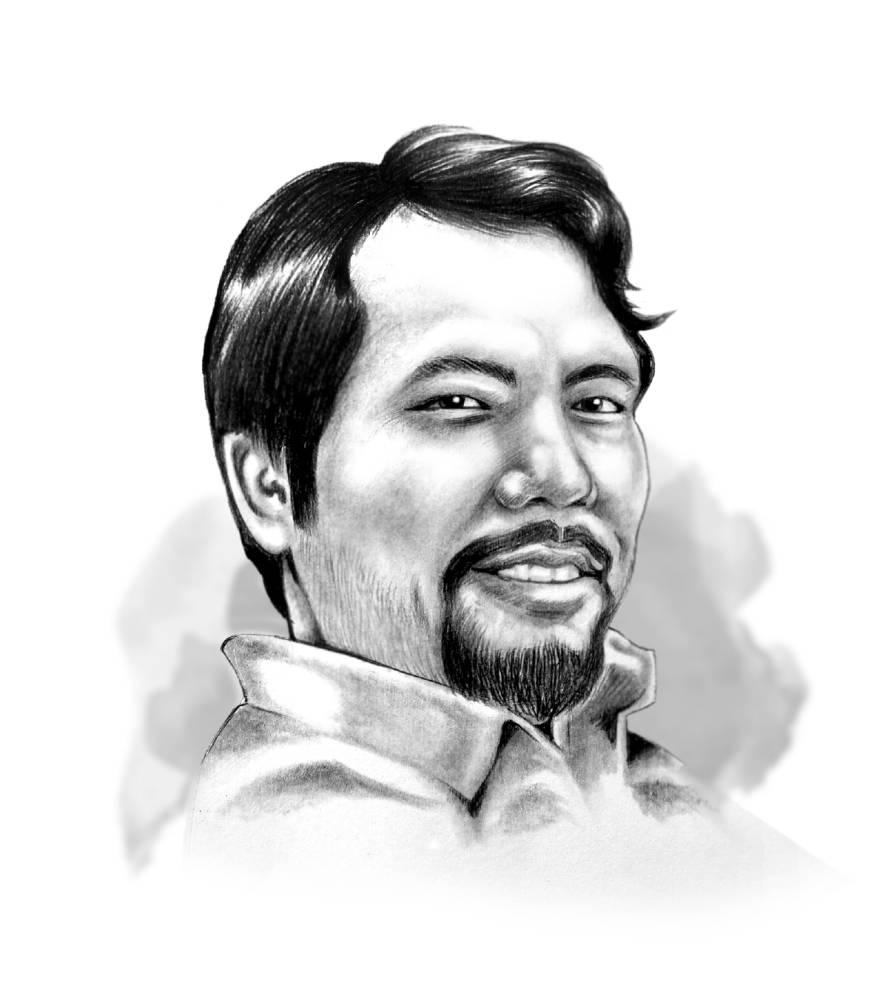EDITORS DESK

Some weeks ago, we talked about the BMW Owners’ Society of Safe Riders (BOSS) Ironman Motorcycle Challenge (BIMC). It’s an endurance event that happens at the start of the year that makes the news for not so favorable reasons. Some of you may have heard of the incidents related to the event — typically a serious traffic accident involving a motorcycle and another vehicle occurring in the late hours of the night — that results in serious injuries for those involved.
A test of endurance
To recap, the BIMC is a motorcycle and automobile endurance event. Participants are challenged to drive a route spanning at least 1,200 kilometers in under 24 hours to be named a “Finisher.”It can be done in any brand of motorcycle (400cc and up) or car. Riders are given a number sticker on their motorcycle or car and a card that must be stamped or punched at checkpoints to ensure they are following the prescribed route. All the while, the route is open to vehicular traffic because participants are advised to follow road rules. The organizers can’t stress enough that this is not a race. There is a minimum time of 16 hours and those that arrive sooner than that (obviously by speeding) are disqualified.
Why does this event endure? Completing the challenge is still a noteworthy achievement for any rider or driver. Traveling 1,200-km or more in one go is not a joke, even when following the speed limit. Varying road conditions, weather conditions, and fatigue are the key challenges to overcome. Not surprisingly, many keep the participation sticker on their motorcycle and the patch that’s awarded after on their jacket as a source of pride.
Bragging rights
Perhaps it’s this badge of honor, or more accurately — the bragging right — that continues to provide a steady stream of participants eager to take up the challenge, year after year.
In the event’s early years, the participants were much more difficult to police. After all, deploying marshals at every kilometer of a 1,200+ kilometer event just to watch for speeding and reckless riders will require a ridiculous amount of manpower and cost. As such, many past participants have gotten away with speeding, reckless riding, and many other antics to beat the challenge in “record” times. The organizers never keep track of these “records” but those who do achieve them continue to broadcast them to those who will listen. Some will even make up their own unofficial records, like “first group, first with a backride, first cruiser…” and whatnot, just to have something to brag about. To be fair, there are many participants that manage to complete the challenge by following road rules and avoiding incident.
For content
What has changed in recent years is the rise in the number of motovloggers and influencers. These influencers, look at this event as a source of content, and an opportunity to hopefully boost their viewership. Being quite a noteworthy event among riders, the temptation is too great not to join and prove to one’s eager fans their riding mettle.
To offset the high cost of participation, some have even sought out sponsors to support their effort. They provide everything from the motorcycle, helmet, gear, support equipment, and sometimes even cash. With sponsors signed on, it’s no surprise that some of these influencers feel the pressure to perform or at least produce an exciting video out of it to please advertisers. Unfortunately, engaging content in their mind, almost always involves reckless riding and speeding during the event, captured on camera and uploaded to the internet for all (including the organizers) to see. Some have even covered the required event sponsor decals if they were in conflict with their own, which is quite foul.
In the last column, we talked about the changes the organizer has implemented to stem the tide of speeding and accidents. One of these include the requirement to fit a GPS tracking device to their vehicle to ensure they follow speed limits and the prescribed route at all times. The purpose is to review these logs after and mete the appropriate punishment if needed. Unfortunately, with a bumper harvest of 1,800+ participants for this second Luzon leg, it seems that may be too many for the supplier. And so the measure was not implemented this time around. Foolishly, many of the participants saw this as permission to run wild once again.
Not surprisingly, the result is the same amount of horrific videos of speeding, reckless riding, and the inevitable accidents and complaints popping up once again on social media. All these have only served to tarnish the organizers’ efforts to clean up the event in the first Mindanao leg.
Ego is the enemy
As much as I hate to betray my own gender and the riding community I consider myself a part of, it’s the ego of some of these riders that’s to blame. Having something to brag about should not be the motivation to join this challenge. Stories about how far you’ve ridden the bike, the most thrilling roads, and the wildest experiences are part and parcel of what make this community great. Yet having these stories and experiences to share (or brag about) should not come at the cost of the safety and lives of our other fellow road users who are just trying to get home.
When it comes to this kind of rider, there is little that can be done but deny these arrogant ones the right to participate to begin with. If the organizers truly want to purge themselves of these bad eggs, perhaps it’s time to turn this into an invite-only event, one where each participant is carefully vetted before being allowed to join. I know the earnings from this format will pale in comparison to its current open format. Yet surely after decades of being known as a dangerous motorcycle event, it’s time for a change.
(Iñigo S. Roces is the Motoring Editor of Manila Bulletin)